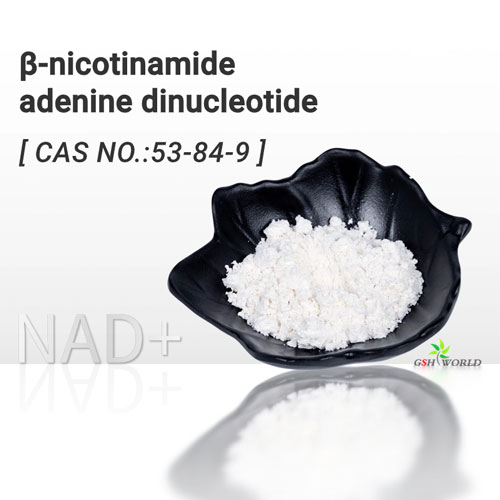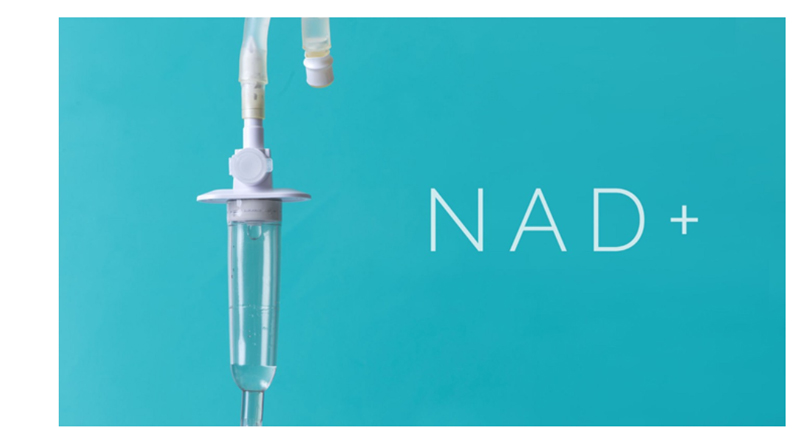We can’t get NAD+ directly from food, but some foods provide the substances our cells need to make NAD+.
Key Points
From bacteria to humans, NAD+ (nicotinamide adenine dinucleotide) is essential for life. Insufficient NAD+ may contribute to organ and tissue degradation, chronic disease, and death.
For these reasons, some people may wonder how to maintain adequate levels of NAD+ and whether there are foods that can help achieve this.
Foods rich in NAD+ promoters include poultry, fish, legumes and grains.
Consuming excessive amounts of sugar and fat may lower NAD+ levels.
Supplementation of NAD+ precursors may be beneficial in fighting aging.
It does not effectively raise NAD+ levels when ingested, and there is debate as to whether nicotinamide adenine dinucleotide can enter cells, although NAD+ transporters have been identified. In any case, aside from invasive intravenous injections, the best way to increase NAD+ levels is through ingestion of NAD+ precursors.
NAD+ precursors are naturally occurring molecules in food that are converted into NAD+ within the cell.

The five NAD+ precursors found in food are:
- tryptophan
- Niacin (NA), also known as niacin
- Niacinamide (NAM), also known as nicotinamide
- Nicotinamide ribose (NR)
- Nicotinamide mononucleotide (NMN)
Foods that contain NAD+ precursors
In general, levels of NMN or NR are not high in foods, but relatively high levels of vitamin B3 (NA and NAM) and/or tryptophan can be found in beef, poultry, pork, fish, milk, grains, and legumes.
Here are some studies that show the concentrations of NAD+ precursors in various foods.
Foods rich in NAM, NR, NA
Researchers at the University of Iowa found that commercially available milk contained an average of 5.3 micromoles of NAM and 3.1 micromoles of NR, while organic milk contained an average of 5.6 micromoles of NAM and 1.9 micromoles of NR.
On average, conventional milk contains about 0.05 mg of NR and 0.07 mg of NAM per 3.5 oz.
Researchers at Sabahattin Zaim University in Istanbul, Turkey, measured the concentrations of NA and NAM in different foods.
The highest levels of NA and NAM were found in meat, and the highest levels of NA were found in grains.
Legumes, such as lentils and chickpeas, also contain high levels of NA.
The following are the concentrations of NA and/or NAM per 100 grams of food, measured at the highest level:
- Veal: 3.03 mg NA and 6.65 mg NAM
- Chicken breast: 3.74 mg NA and 5.44 mg NAM
- Turkey thigh: 3.60 mg NA and 5.57 mg NAM
- Wheat: 6.67 mg NA
- Wheat bread: 5.48 mg NA
- Rye: 4.168 mg NA
- Barley: 4.52 mg NA
- Mung bean: 4.13 mg NA
- Red bean: 2.20 mg NA and 0.478 mg NAM
- Chickpeas: 1.68 mg NA and 1.41 mg NAM
Other NA-rich foods include beef liver, marinara sauce, salmon, tuna, pork, brown rice and peanuts.
Since NA/ Niacin is an essential vitamin (vitamin B3), niacin levels for searchable foods can be found on the USDA website.
Notably, NAM, another form of vitamin B3, is used interchangeably with NA/ niacin.
Foods rich in tryptophan
Unlike the three forms of vitamin B3 (NA, NAM, NR) and NMN, tryptophan is an amino acid.
It is found mainly in protein-rich foods.
Researchers at the University of Texas Health Science Center at SAN Antonio measured L-tryptophan concentrations in various foods.
They found the highest concentrations in tuna.
Here are the concentrations of L-tryptophan per 3.5 ounces of selected foods:
- Turkey (white meat) : 89.71 mg
- Chicken (dark meat) : 56.02 mg
- Whole milk: 80.08 mg
- Oatmeal: 64.47 mg
- Canned tuna: 1652.00 mg
- Cheddar cheese: 318.50 mg
The contribution of tryptophan to vitamin B3 (NA and NAM) is estimated as follows: 60 mg tryptophan =1 mg vitamin B3.
Foods rich in NMN
Researchers at the University of Missouri measured the concentration of NMN (niacinamide mononucleotide) in 100 grams (about 3.5 ounces) of different foods.
By measuring the same food from different sources, they found differences in the concentration of NMN, as shown below:
- Edamame: 0.47-1.88 mg
- Broccoli: 0.25-1.12 mg
- Cucumber seeds: 0.56 mg
- Cucumber peel: 0.65 mg
- Cabbage: 0.0-0.90 mg
- Avocado: 0.26-0.30 mg
- Tomatoes: 0.26-0.30 mg
- Mushrooms: 0.0-1.01 mg
- Raw beef: 0.06-0.42 mg
- Shrimp: 0.22 mg

Eat in moderation, no more, no less
The recommended dietary intake (RDA) for vitamin B3 is 16 mg per day for men and 14 mg per day for women.
This dose can be met with 3.5 ounces of tuna, 6 ounces of chicken breast, 14 ounces of green beans, or about 11 slices of wheat bread.
With this in mind, it may not be difficult to meet vitamin B3 intake, especially when consuming fish and poultry meat.
For a plant-based diet, you need to consume more foods such as beans and grains.
Consuming excess calories may play a negative role in maintaining NAD+ levels.
Animal studies have shown that diets high in fat and sugar can lead to energy overload, which can lead to lower NAD+ levels.
When we eat, our mitochondria use it to make cellular energy – ATP.
Excess ATP leads to lower levels of NAD+ and higher levels of reactive oxygen species (ROS).
Excess ROS levels trigger oxidative stress, which is a major driver of cellular aging.
If we engage in physical activity, our cells will use more ATP, thus mitigating the cellular consequences of consuming large amounts of food, especially sugar.
If ATP production remains high due to continued excessive calorie intake and/or lack of physical activity, the level of NAD+ will remain low.
A good indicator of eating too many calories is having too much body fat, which is stored energy.
NAD+ precursor supplements
In terms of longevity (how long we live) and healthy lifespan (how long we live healthy), higher doses of NAD+ precursors may be needed, as NAD+ levels tend to decline with age.
Therapeutic doses of NAD+ precursors are in the range of several hundred mg, ranging from 100 mg to 500 mg.
It is not clear whether supplementing with NAD+ precursors is beneficial for individuals with normal NAD+ levels.
Individuals over the age of 35, those who are overweight or obese, and those suffering from addiction, anxiety, or depression may benefit from supplementing with NAD+ precursors.



